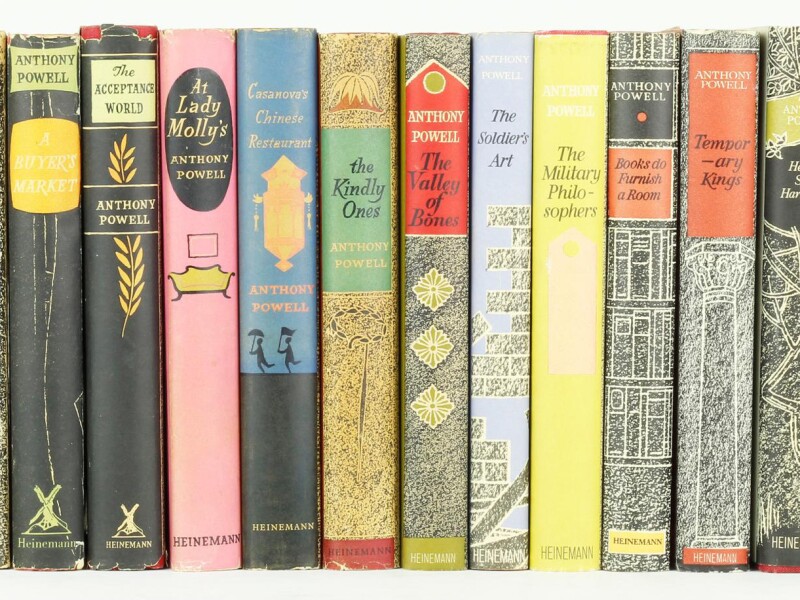
The Holy Bible with photographs by Francis Firth published by William Mackenzie, 1862
It is the bestselling book of all time. Editions range from dollar paperbacks in nightstand drawers to rare and collectible treasures kept in fine museums. While the bible is valued first and foremost for its content and its influence on art, literature and history, many editions are prized for their ornate beauty. Illustrations, etchings, paintings, and even embroidery and photography have adorned the bible for centuries.
The most collectable beautiful bibles have been enhanced by history's greatest artists, including modernist Marc Chagall and illustrator Gustave Doré. Doré was one of the most acclaimed and popular illustrators of the nineteenth century, and his illustrated bible is a landmark in the field. He made more than 200 engravings, illustrating the events of the bible with detail and emotion. The first edition appeared in France in 1866, but his work was reprinted throughout Europe in the ensuing decades.
Explore our selection of beautiful rare bibles, including exquisite facsimile editions, rare antique bibles and a bible cover hand embroidered by a 12-year-old girl in 1753. After the gallery, read the stories behind the most famous bibles.
Beautiful bibles


Famous bibles & their stories
Johannes Gutenberg first thought of the principles behind movable type in 1439. But it was not until 1452 that he finally brought his magnificent idea to fruition and published a complete book, the Gutenberg Bible, in the typographic style. Written in Latin, the Gutenberg Bible is an edition of the Vulgate. Only 180 copies were printed, making the Gutenberg Bible one of the most valuable books in the world. Single leaves from the book are valued at tens of thousands of dollars, and facsimile editions are priced in the thousands.
The Geneva Bible (1560) is one of the earliest English translations of the bible. It was published in Geneva where Puritans lived without fear of religious persecution. It is said to be the bible that William Shakespeare owned, and it traveled to the New World on the Mayflower.
The King James Bible is an English translation of the bible published in 1604 for the Church of England. It follows the Great Bible (1535) and the Bishop's Bible (1568) and today remains the most popular English translation of the bible.
While the KJB is not hard to find, a few very rare editions do exist. Collectors will pay a premium for 'He' Bibles, which mistakenly print 'he' instead of 'she' in Ruth 3:15. A reprint of the King James Bible went awry in the hands of royal printers Robert Barker and Martin Lucas when they omitted the word 'not' from the commandment, 'Thou shalt not commit adultery'. The edition that states, 'Thou shalt commit adultery' is known as the Wicked Bible, Adulterous Bible, or Sinners' Bible.
John Baskett was printer to King George II and the University of Oxford from 1711 until his death in 1742. He printed several fine books, but is best known for his imprint of the Holy Bible published in 1717. The imprint contained beautiful neo-classical engravings by James Thornhill and Michael van der Gucht, and, sadly, several typos. A particularly unfortunate misprint appeared in Luke 20:9 where 'The Parable of the Vineyard' became 'The Parable of the Vinegar', giving the bible its nickname, The Vinegar Bible. Needless to say, it's quite collectible.
Though never accepted by biblical scholars as a major work, original copies of The Woman's Bible are very collectible. Written by Elizabeth Cady Stanton and published in 1898, The Woman's Bible was critical of the orthodox view that women should be subservient to men, and instead promoted self-development. However, suffragists feared the attack on traditional religion would harm their movement and the book ended Stanton's influence on the suffrage movement. Despite this, The Woman's Bible became a bestseller.















